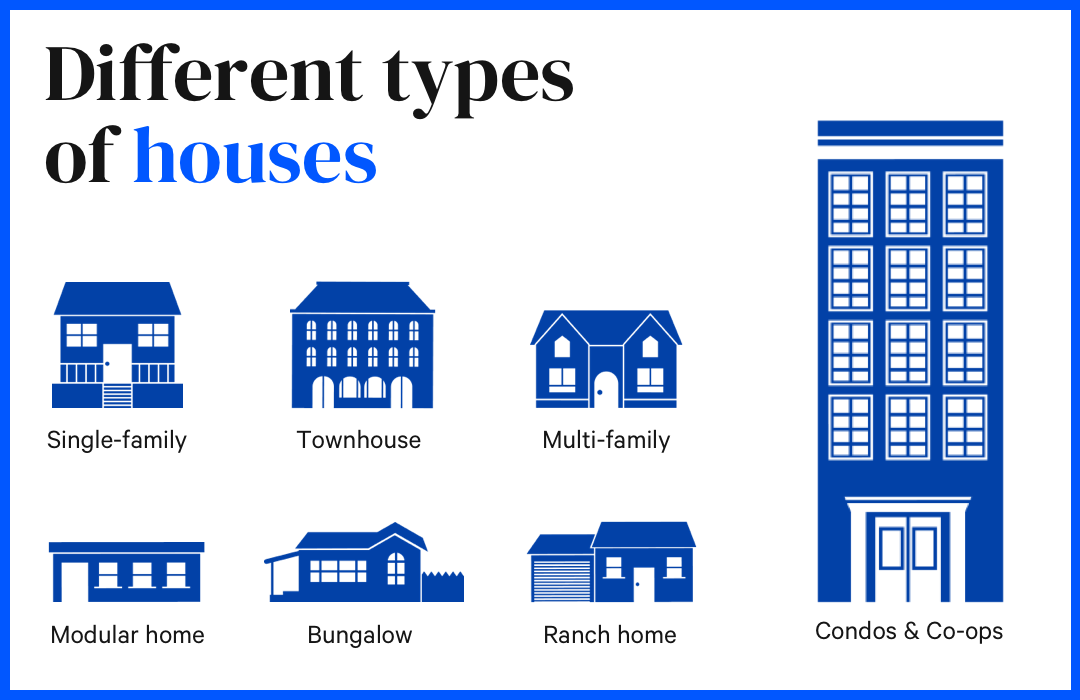
Exploring Different Types of Housing Options
When it comes to finding a place to call home, there’s no one-size-fits-all solution. Homes around the world vary widely in style, size, cost, and amenities. Whether you’re just starting out, downsizing, or looking for something that fits your unique lifestyle, understanding your housing options is key. Let’s dive into the various types of housing available, so you can make an informed decision that feels right for you and your family.
Traditional Houses: A Place to Put Down Roots
Single-family homes stand as a classic choice for many. These houses are designed for one family and typically offer a sense of privacy and space. Often accompanied by a front, back, or side yard, they allow for personal touches like gardens and play areas. Within this category, there are various styles such as bungalows, cottages, and multi-story homes, each with its own charm and characteristics.
For those looking to share land but still maintain their own space, a duplex could be the answer. These are essentially two homes within one building, each with its own entrance, which can be ideal for close-knit families or as an investment to rent out one side.
City Living: Apartments and Condos
City enthusiasts often gravitate towards apartments. These homes are part of larger buildings and offer various amenities such as fitness centers, pools, and community areas. Apartments can range from studios, which are one large room that serves as your living, sleeping, and dining space, to multi-bedroom units for families or roommates.
Condominiums, or condos, are similar to apartments in that they’re units within larger buildings or complexes. The chief difference lies in ownership; condo residents own their unit and contribute to the maintenance of common areas through homeowners’ association fees. This can be a happy medium for those seeking the perks of apartment living with the benefits of home ownership.
The Compact Life: Tiny Homes and Mobile Options
The tiny house movement champions the idea that less can be more. These diminutive dwellings often measure less than 500 square feet and are all about maximizing space and minimizing waste. Eco-conscious and budget-friendly, tiny homes challenge occupants to live with only the essentials, but they can be rich in design and efficiency.
If the call of the road is loud for you, then mobile homes might suit your wandering heart. These prefabricated homes can be relocated when needed. There are also RVs (Recreational Vehicles) and campers that take mobile living to another level, as they can be as comfortable as any stationary home, complete with sleeping areas, a kitchen, and a bathroom.
Communal Housing: Sharing Spaces and Experiences
For some, the sense of community is essential when it comes to housing. Co-housing is an intentional community of private homes clustered around shared space. This model focuses on a neighborly connection, with shared activities and spaces like kitchens, dining rooms, and gardens to promote social interaction.
Boarding houses are another form of communal living, where residents have private bedrooms but share bathrooms, kitchens, and leisure areas. These are often more affordable than living alone and can be a great way for young professionals, students, or the elderly to find companionship.
Affordable Options: Subsidized and Public Housing
Cost is a major factor in choosing a home. For those with limited income, subsidized housing, where rent is aided by government programs based on income level, can be a vital option. Conditions and availability can vary widely, but the intention is to provide decent and safe housing for all.
Public housing is another governmental initiative where the state or municipality owns and operates apartment complexes for affordable renting. Preferences are given to those who are most in need, including low-income families, older adults, and people with disabilities.
Niche Living: Tailored to Your Lifestyle
In an ever-diverse world, some housing is designed with specific lifestyles in mind. For example, retirement communities cater exclusively to seniors, often providing amenities and health services tailored to their needs. On the other end, student housing is designed for university students, offering close proximity to campus and study-friendly environments.
Artists or people engaging intensely in hobbies might prefer live/work spaces, homes that double as work studios. These are particularly popular in urban areas, combining the practicality of an office or studio with the comforts of a residential space.
Takeaway
There’s a huge world of housing options out there, each with its own set of features catering to different needs, preferences, and budgets. Investing time in understanding the kind of home life you envision can help guide you to the right choice. It’s not just about finding a place to sleep—it’s about finding a space where your life can unfold comfortably and joyfully.
When exploring housing options, consider your lifestyle, budget, and long-term goals. Maybe you cherish solitude and a garden, making a single-family home the right choice. Or perhaps the hustle and bustle of city life in a high-rise apartment is where your heart is at. Whatever the case may be, there’s a housing option out there that’s perfect for you. Remember, home is where you make it, and with so many choices at your fingertips, finding your ideal home has never been more exciting.